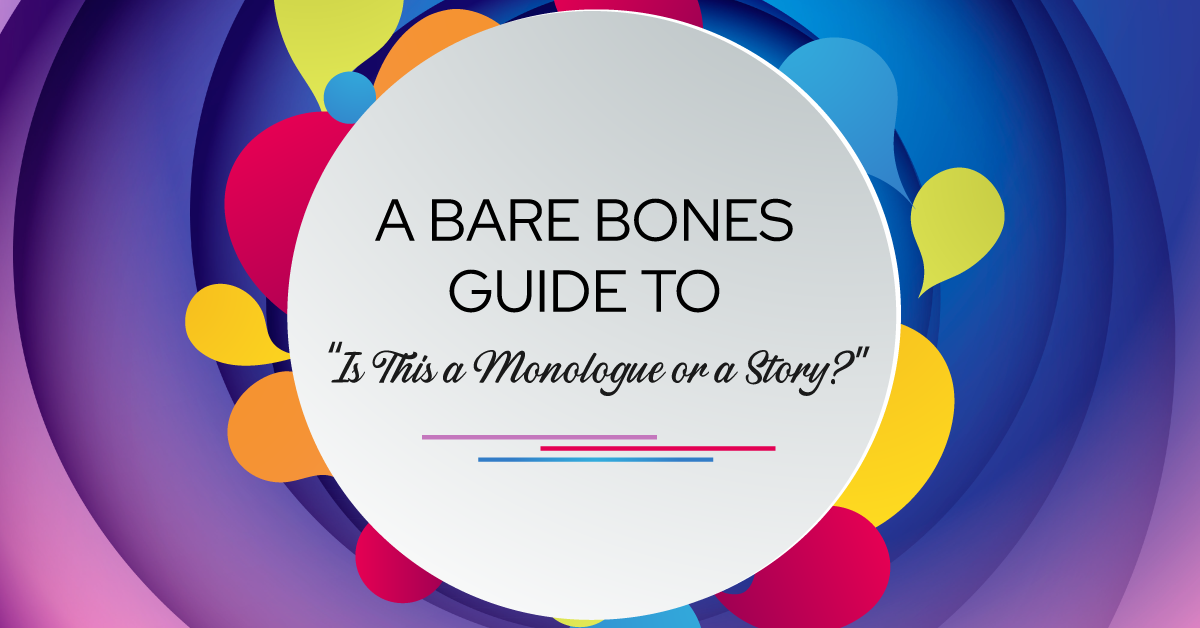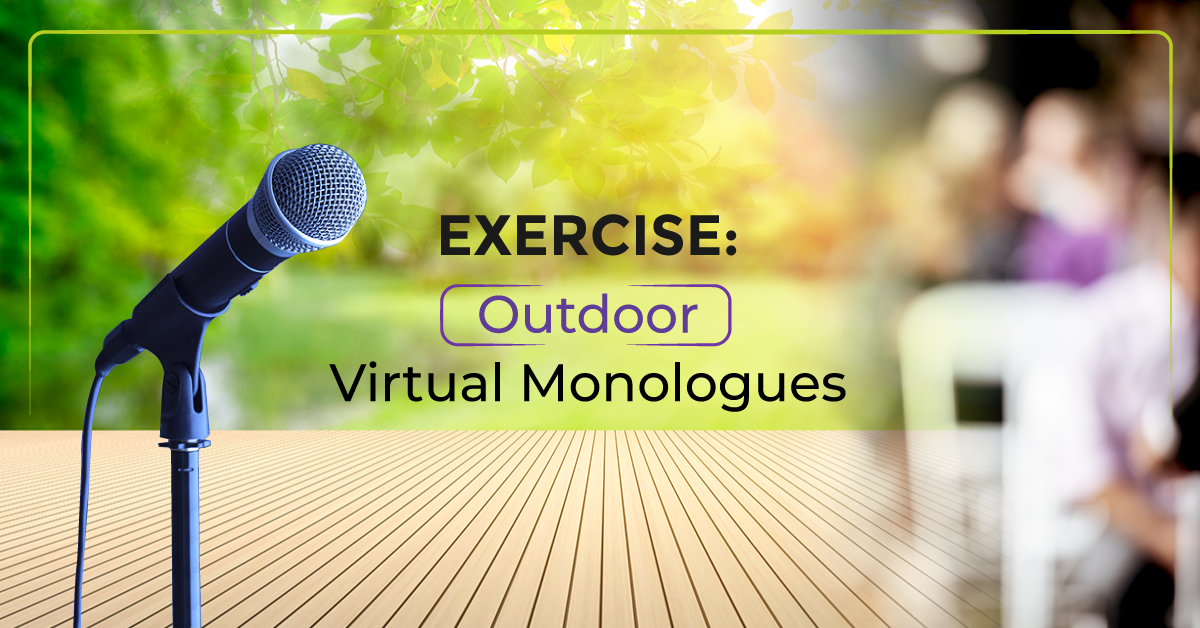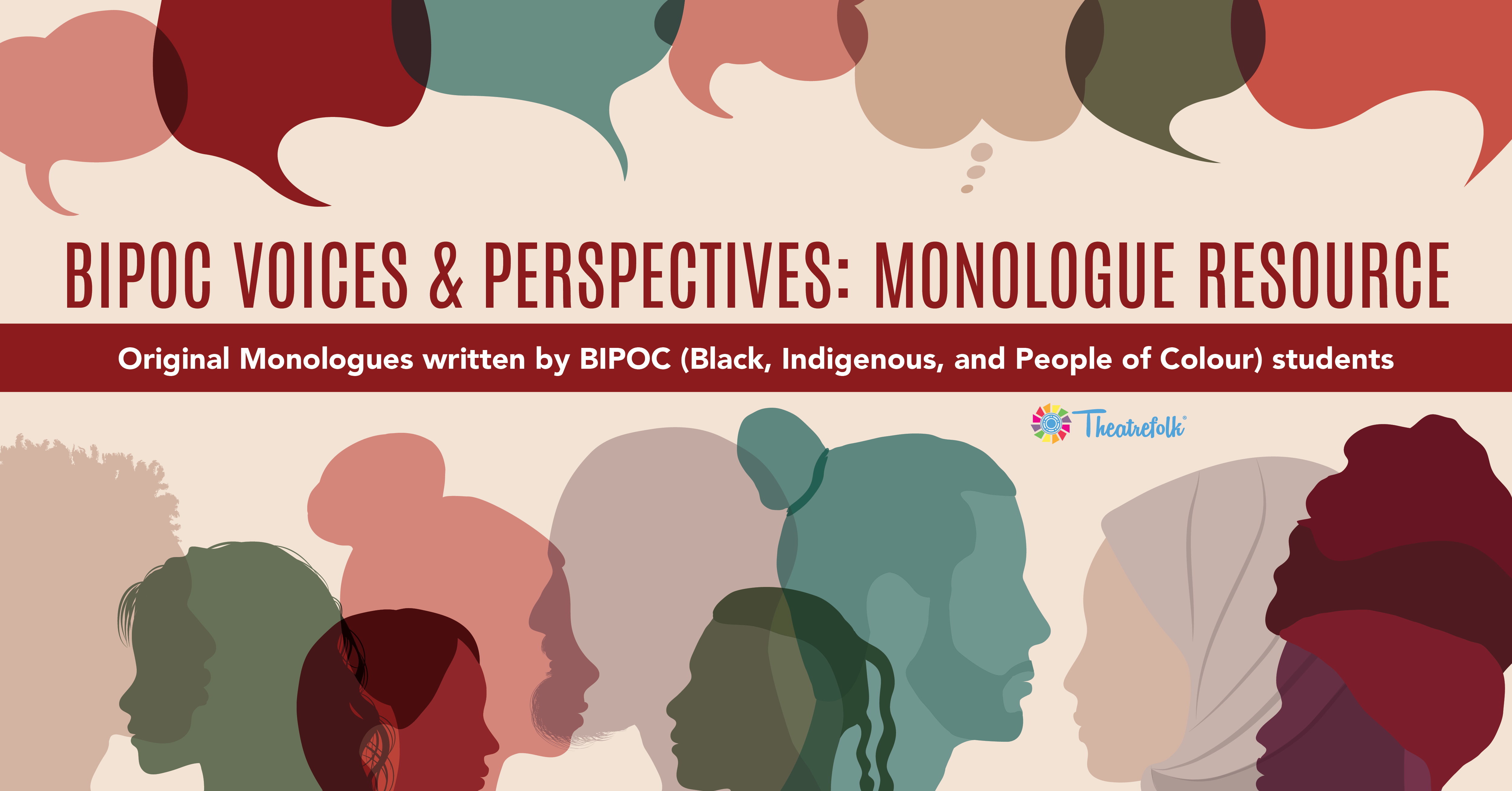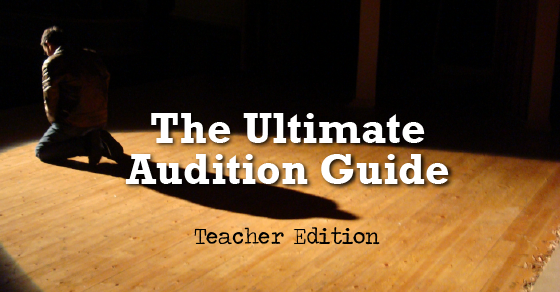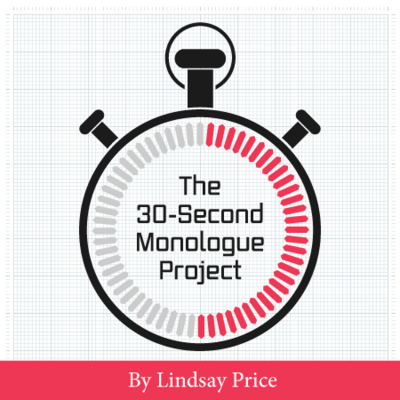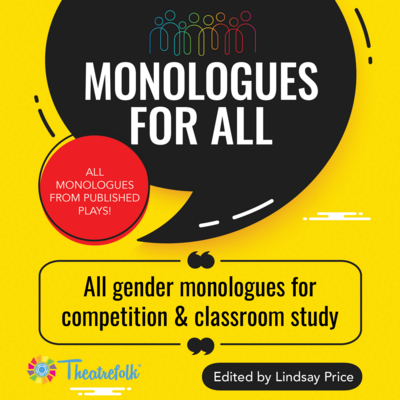A squirt gun would never be mistaken for a real gun, right? Dive into the thought-provoking world of Water. Gun. Argument and challenge what we choose to believe. A thought provoking and powerful piece in a docu-theatre style.
A Bare Bones Guide to “Is This a Monologue or a Story?”
Writing monologues is a skill that takes practice. When students are learning how to write monologues, it’s easy for them to fall into the trap of writing a story spoken by one person. Storytelling narrative structure is familiar — we are taught to read and write stories from a young age.
Monologues are different. The purpose of a monologue is to communicate rather than simply describe or narrate something that already happened. When teaching students how to write a monologue, our goal is to move them away from the storytelling framework they are used to writing in, and into a character communication experience.
Here is a bare bones guide to the difference between a monologue and a story. This is not an exhaustive list of all the nuances that make a monologue, but it’s a good place to start, especially if students have never written a monologue before.
A monologue is:
- Written in the first person
- Spoken by one person to a listener
- Used to communicate something important
- Set in the present, which is alive and active
- Urgent and action-filled (The character has a need: a need to share, a need to reveal, a need to explain, etc.)
- A mini play… NOT a story
A story is:
- Written in the third person
- Spoken by one or more people to an audience
- Used to share an account of something that has happened
- Set in the past, which is over and done
- Often passive and/or impersonal (explaining something that happened to someone else or why something came to be the way it is)
- Entertaining, but not a monologue, even if it’s told by one person
If students aren’t sure whether what they are writing is a monologue or a story, have them read through their piece and answer the following questions:
- Is this written in first person or third person?
- Who is the character speaking to, a specific person or a general audience?
- Is it communicating something or describing/narrating something?
- Is it set in the present or the past?
- Is it active or passive?
Compare the answers to the points listed above (or use the handy chart available to download below). If the student’s piece is more in line with the first column, they’ve written a monologue. If their piece is more in line with the second column, they’ve likely written a story. They’ll need to adjust or re-format their piece to make it an active, communicative monologue.
Related Articles
The 30-Second Monologue Project
by Lindsay Price
Give students the confidence, skills and tools they need to master the monologue with The 30-Second Monologue Project. This four-lesson unit guides students from the first moment to a successful performance.
Monologues for All
by Lindsay Price
Many monologue books have monologues with only male- or female-identified characters. This resource allows students to infer the identity of the character.
